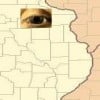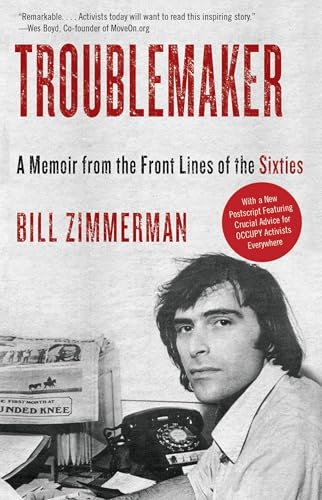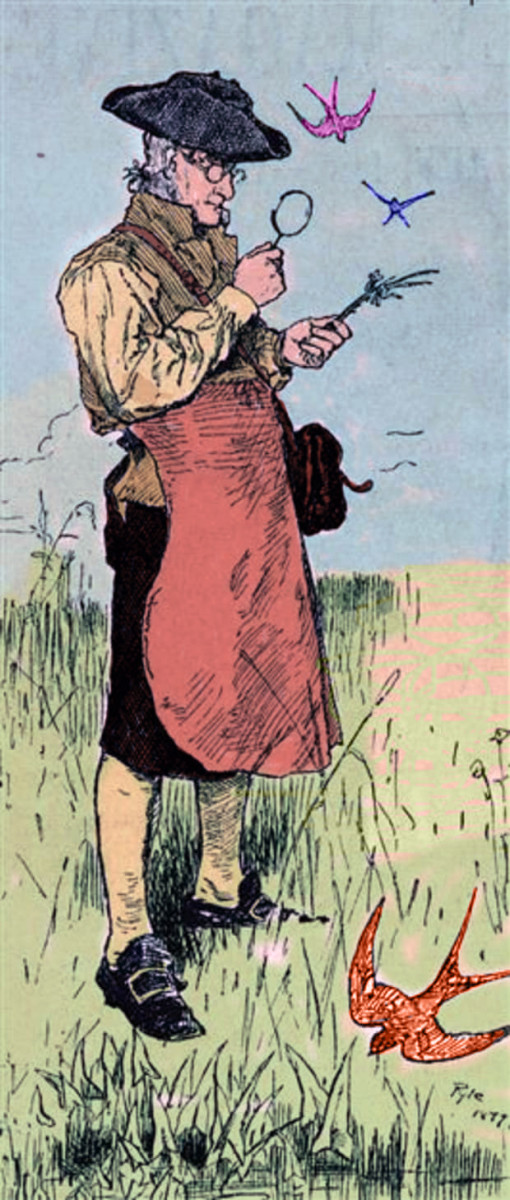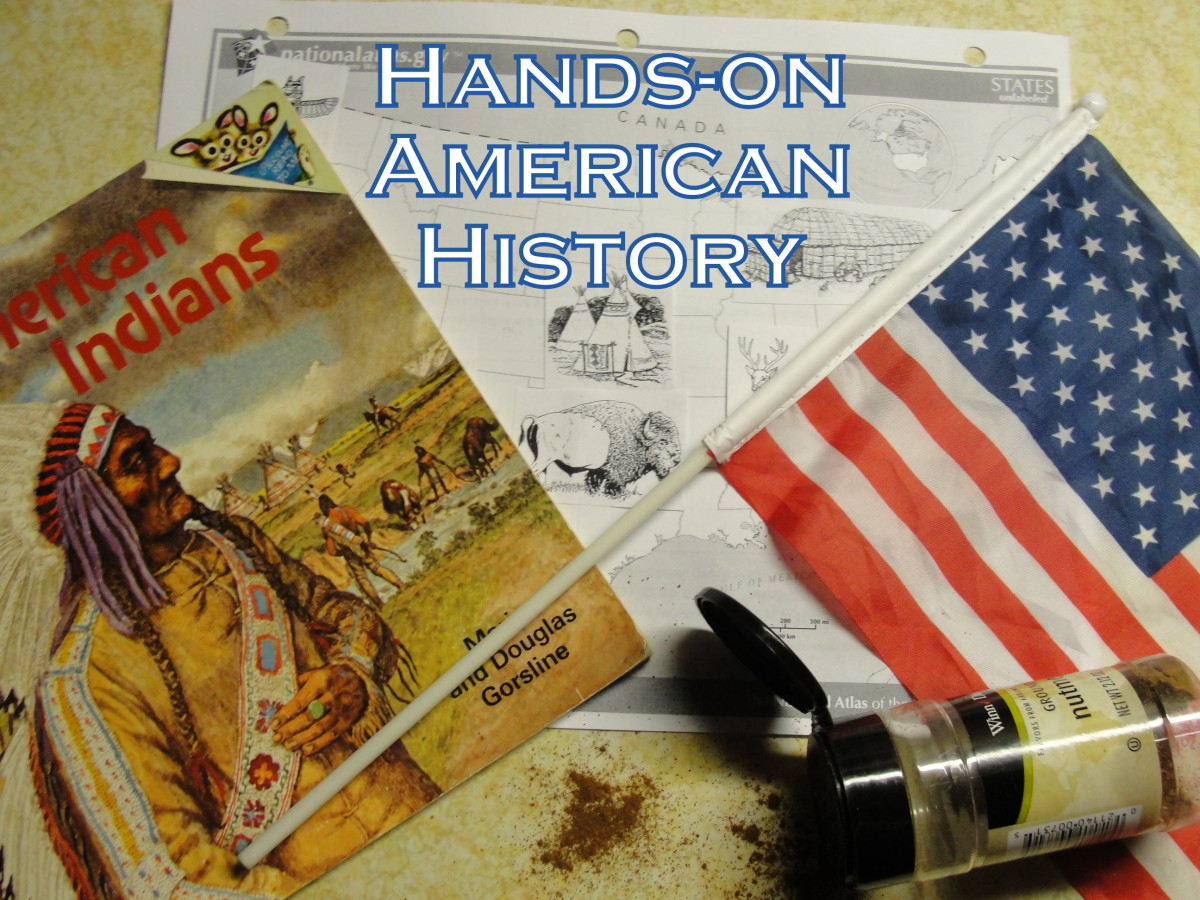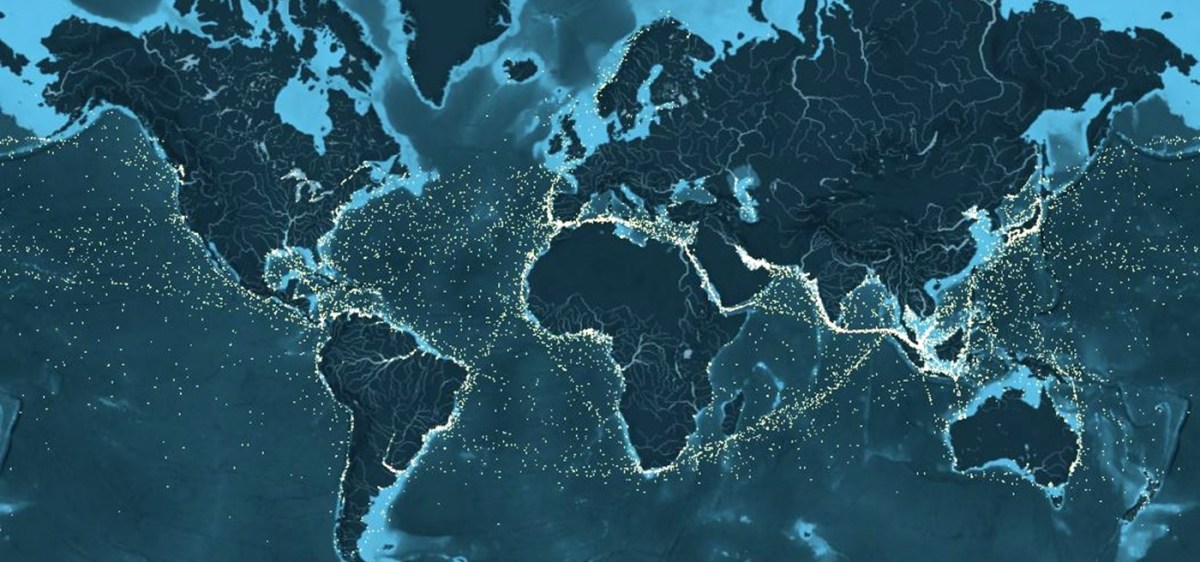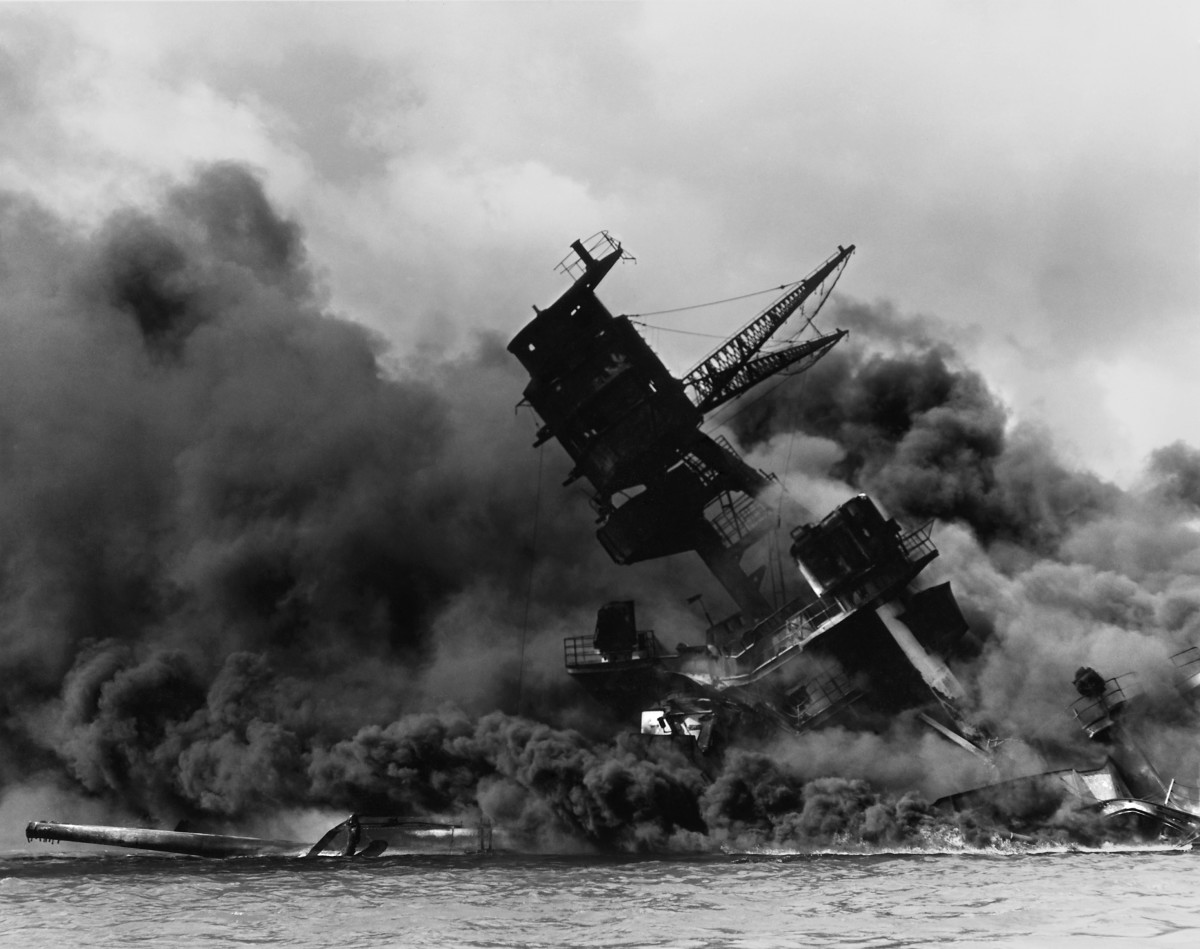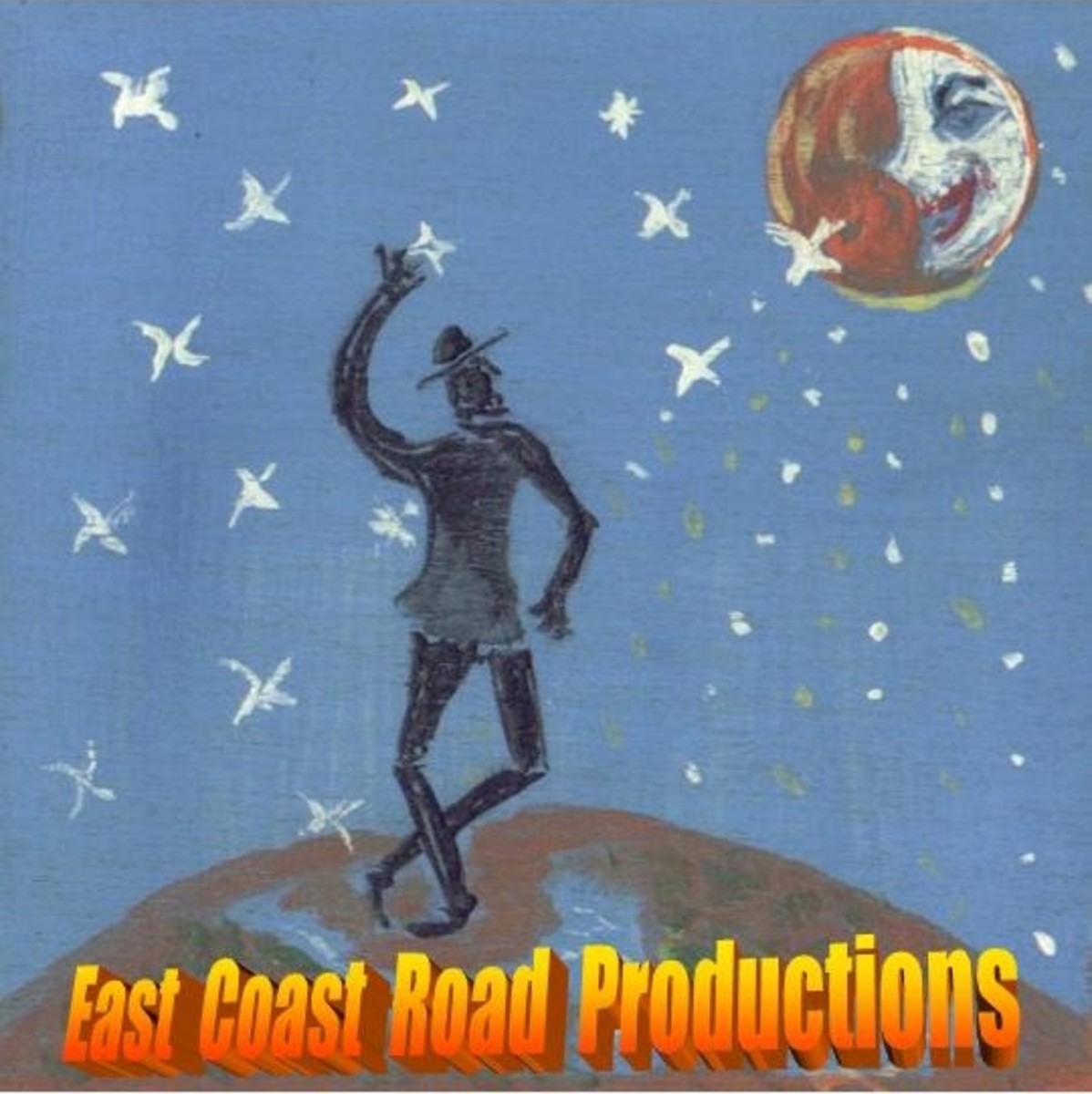- HubPages»
- Books, Literature, and Writing»
- Books & Novels»
- Nonfiction
5 American Memoirs

Diversity and Unity: 5 Firecrackers
The books here will tell you a lot about American history as well as a lot about the individuals who wrote them.
They cover an enormous stretch of time, in a country that people think of as too new to have much of a history. More than three centuries. The books are by as diverse a group of individuals as you could imagine if you were trying to write a novel about diverse individuals. Some of this is due to the many years in this stretch of time, but some is due to the inherent idea of America, a country which started by throwing its arms open to those seeking refuge from other lands.
Of course, over the years those arms closed at times as well as opened, and the eyes of America came to focus on the fact that there were others already here when that first opening occurred. These important facts, however, do not obscure the merit of these five individual books considered on their own merits.
And being considered on your own merits is perhaps the one national goal everyone would agree upon, when judgments about how effectively that goal has been implemented are set aside.
So let's read on, starting with the recent past and proceeding book-by-book back to 1706.
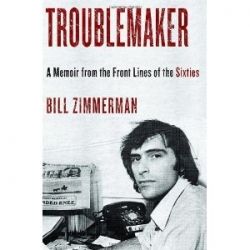
"Troublemaker"
by Bill Zimmerman
This memoir is subtitled "A Memoir From the Front Lines of the Sixties" -- and that is the literal truth. Front Lines.
If you want to wind back the tape and replay what happened from the beginning to the end of the Viet Nam War -- what happened here in the states, not in Viet Nam itself, though that also comes into it when the author flies there -- you would be hard pressed to find a more authoritative view from right inside the tumult. If it occurred, Zimmerman was there, and not as a reporter, but as a participant.
March on the Pentagon? -- he was there, ripping down fences. March on Washington of 1967? -- marching, all the way from NYC to DC. Sit-ins closing down universities, Chicago, Berkeley, Columbia, Brooklyn College? -- he was there. Woodstock? -- of course. As for Paris and the famous May of 68 wildcat strikes, the attempt, by some, to establish a Second Commune (de Gaulle fled to Germnay) -- he arrived several weeks after, but the bodies were still warm.
Wounded Knee/Pine Ridge? -- he flew the plane.
Few memoirs can conclude a chapter with a sentence as dramatic as the one at the end of Chapter 7, after President Edward Levi of the University of Chicago had handed him his PhD. Levi was the man with whom Zimmerman had had a confrontation as student leader a few years before. Levi says he's glad to see Bill here, accepting his degree. "That was fortunate because ours paths would cross once more, eight years later, when President Ford appointed Levi his attorney general, and I was awaiting trial on federal criminal charges that could put me in prison for fifteen years."
A scientist by training (sleep research), the author became a radical during this period. You might or might not agree with the radical critique of America he arrived at or the plans for a nonviolent revolution, but the steps he takes along the way are fascinating to observe, whatever your politics. Step-by-step is how he proceeds, not simply sit-in to demonstration, but thought to thought. Question to question.
Could that be true? Why didn't others think this? Does this go too far? Wouldn't something else be better? This memoir provokes and deals in questions.
And the radicalism is sui generis, which makes it all the more interesting. Students for a Democratic Society (SDS), the radical organization of the day, is dismissed as having broken down into unproductive factionalism. The Weathermen movement and their "Days of Rage" are stupid. Marx is accused of an "aging analysis." Worse are the outright evils of Stalinism and the useless navel-gazing of the Trotskyites.
By page 229, he has abandoned revolution. "If I based my own work on such a fantasy, I would be doomed to fail and would accomplish nothing." Instead, he chooses "creative and forceful ways to keep progressive values alive" and "throwing monkey wrenches into the machinery of oppression." "If I couldn't be a revolutionary, I'd be a troublemaker."
The author's is a home-grown radicalism "with American characteristics," you might say. It bursts from the heart land, Chicago (and the picture of that city in the 50's, and after, is terrific), and spreads to both coasts, where it boards ships.
It is a book impossible to stay detached from. Some will throw it across the room, others take it to their bosom. Most will keep on reading. Did I mention Wounded Knee/Pine Ridge?
___________________
Postscript: Zimmerman appears frequently in the Ken Burns-Lynn Novick 2017 documentary The Vietnam War., providing historical information about the antiwar movement.
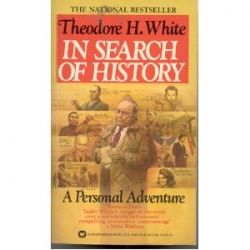
"In Search of History"
by Theodore H. White
This memoir is in effect a double memoir because there are in effect two Theodore H. Whites occupying the same physical person.
The split of the second from the first came during the McCarthy period. White's life up until that point had taken him from one of the poorer suburbs of Boston to the war in China. After that point, he became a master of domestic politics, particularly presidential elections. It is difficult to say which Teddy is the more interesting.
First-Teddy's childhood is something he describes with great good humor. One example is the grade school production of the First Thanksgiving. The children of recent immigrants who had been born here or raised here long enough took the part of the Pilgrim fathers, though all of their parents were from Eastern Europe. The children who could not yet speak English well played the Indians. Everybody but Teddy's beloved teacher had a good time. Then it is Harvard where more or less by accident he ends up as a Chinese studies major, studying under the man who would become the foremost scholar of China in the country. From there to a reporting career on the front lines of the war between China and Japan, even a seat in a plane of the 14th Air Force bombing Japanese supply ships. His mistake was to see the corruption of Chiang Kai-shek; it was even more of a mistake to see that Chiang would lose the struggle with Mao -- and to say so.
That mistake barred him from further employment in the field to which he had devoted his life. He did manage to write a best-selling novel about China during the war, a novel made into the only war film Jimmy Stewart was ever in (a medal-winning bomber pilot in Europe, he did not think much of Hollywood's efforts to portray the war there). But after some reporting from Europe as it reconstructed itself, SecondTeddy emerged -- following the election campaign, starting with The Making of the President 1960. Every four years thereafter he produced a new book.
The deep knowledge he gained of American politics led him at another point to produce a book he called "America in Search of Itself." But some years later he went in search of himself and wrote the memoir recommended here, "In Search of History." One reviewer combined the two Teddys and just referred to him as "the legendary reporter."
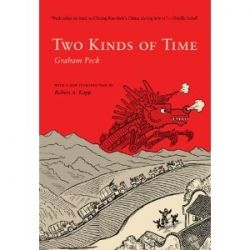
"Two Kinds of Time"
by Graham Peck
We owe this memoir to Ivory Soap, 99 and 44/100ths pure.
Peck was an artist, better known to history for three books he wrote (one as co-author). He studied art at Yale in the late 1930s, and while there entered a contest put on by Ivory Soap for which the prize was an around-the-world ticket. He won. First stop: China. He did not want to go further, he had fallen in love with Old Cathay.
The memoir here is actually a continuation of another, "Through China's Wall". That was the book he wrote after his first stay in China, the trip for which he used his soapy ticket. That book is equally marvelous and includes, among many interesting episodes, his residence in a yurt while living with ethnic Mongolians in the northern border regions. His pen and ink portraits of these people and others he saw in China are a very attractive feature of the book.
"Two Kinds of Time" is about his return to China at the beginning of WW2. He spent much of his time in Chungking, then part of Szechuan province in western or midwestern China. Chungking was the city to which Chiang Kai-shek and the other Kuomingtang warlords had been driven by the Japanese who occupied pretty much the whole of eastern China. Theodore H. White was there at the same time.
But Peck was not a reporter. He was still an artist, but he managed to get a job with the Office of War Information, that is to say the propaganda office of US forces allied t to Chiang in the fight against Japan. One of the things he produced was a series of cards demonstrating that China and America were friends, cards that could be distributed to peasants.
The main things he produced, however, were keen observations, products which perhaps an artist is particularly well-prepared to make. He saw through Chiang, for example, and well understood not only his methods, the corruption of his party, but also his prospects in the coming battle with Mao.
Actually there are two books here, The first half is the memoir, and indeed when the book was republished years later, only this first half was included. Not until the University of Washington Press republished it again a few years ago was the entire book available to modern readers.
The second half of the book can be thought of as a long meditation about what should be done if Mao wins, built upon a long analysis of what the prospects are for that outcome. A far more influential Yale figure at this time, Henry Luce, founder of Time and Life magazines was entirely pro-Chiang and anti-Mao, no doubt due to the fact that he had grown up in China, the son of missionary parents. Peck's views carried no weight compared to Luce's.
Although the book lacks the straightforward portrait drawings of his first book, it contains many illustrations in an almost cartoon-like style that are of great interest. One is on the cover of the reprint. The style is perhaps cartoonish, but the subject matter is serious. An especially striking draawing is of a woman on a high hill, see from behind overlooking the city while Japanese bombers approach in the distance.
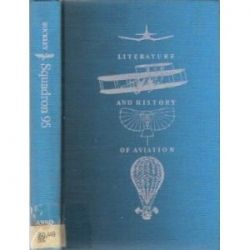
"Squadron 95"
by Harold Buckley
Here we go back to the First World War and find a much different book from the others in this group. This book is almost impossible to obtain. A number of libraries across the US have a copy, but virtually none are available in the used book stores, at least not the ones that sell online. The book should be reprinted.
Buckley went to Phillips Academy, Andover, and then went over to the war with the Andover Ambulance Unit in April 1917. Like many young men of the time,he wanted to get into combat As he eplains in the book, this wasn't merely blood lust, but a desire to do something more substantial for the war effort: "The sight of old, tired men, as old as our fathers, covered with mud and carrying a pack of heavy equipment, dragging themselves along the roads to and from the trenches, was too much for us, and practically all of us have changed, or soon will, from the field service to something else where we can feel that we are doing all we can, and not merely a part."
The Aviation Section of the US Signal Corps was where he enlisted on October 25, 1917, a little over a year before the war ended. He packed a lot, including a lot of dogfights, into that year. He was promoted to 1st Lieutenant on December 12 and in March 1918 he was assigned to the 95th Aero Squadron at Toul in France. His fellow ace from Andover, James Knowles, joined the 95th three months later.
An "Ace", by the way is someone who has been confirmed in five or more kills in the air.
After months waiting to get into action and shuffling from one place to another, Buckley ultimately scored 5 victories and was promoted to Captain very near the end of the war, on November 1, 1918. He says "Of the twenty aviators in my squadron who started with me at the front, there are only five left, including myself."
Buckley returned to the United States in March 1919, published his book in 1933. It is attractive partly as the picture of a naive American in the middle of Europe's greatest war, but mainly for the feeling it gives of what it was like to go up every day in a flimsy biplane, wings covered with cloth, and fire machine guns at other planes while dodging bullets from the enemy. Aerial warfare was new, and he was in the thick of it.
Friends are shot down on a daily basis. One such friend was Quentin Roosevelt, son of Teddy Roosevelt. He felt the losses deeply, but then strapped himself in the cockpit and went up for some more.
"The First Army attacks along the entire front at 5 h. 30 September 26th, 1918." That is not Buckley's writing, but an order from his commanders to give air support to American forces engaged in the Meuse-Argonne Offensive, part of Marshall Foch's "Grand Offensive" which helped to bring about the end of the war six weeks later. French and American ground forces attacked over very difficult terrain, attempting to break through the Hindenburg Line. Buckley arose at 4, shivering "at the ominous roar of the barrage at the front, a terrific crescendo of evil which swelled and thundered like approaching doom." In the air,
"The sight that met us when we reached the lines was enough to stop one's breath. From Verdun to the east as far as the eye could see, a broad belt of living fire cut the blackness below, a terrifying inferno which thrilled us with its magnitude and beauty, but sickened us with its ghastly portent. Like men of another world we watched it, fascinated by our soaring isolation yet trembling at our insignificance. It was a dream -- a nightmare -- a glimpse into Hell -- or the morning of Judgment Day."
Although he revels in the thrill of this new age and being part of it, when the Armistice is announced he writes: "For a few fugitive moments the world stood still."
He became a diplomat after the war, but eventually turned to screen writing. His best known effort was, naturally, "Test Pilot" starring Clark Gable, Myrna Loy and Spencer Tracy.
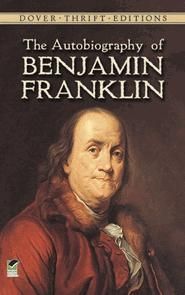
"The Autobiography of Benjamin Franklin"
Franklin was born in 1706, so this takes us back to a different world. And yet a world in some ways remarkably familiar. We still have electricity, do we not? We still have political squabbles, do we not? We still have newspapers, do we not?
This great American classic by this great American classic was begun 1771 while he was visiting in England. The first part takes him from his birth up to his marriage in 1730. He wrote this for his family and addressed it to his son, then Royal Governor of New Jersey, the same son from whom he would later become estranged because the son had remained a Loyalist at the time of the Revolution. The second part, comparatively brief, was written while he was Minister to France and living at Passy. He returned to America in 1788, to Philadelphia, and began part the third, ultimately bringing the account down to 1757. It is part three that includes his famous experiments with electricity.
From part one we learn, by virtue of notes he'd inherited from one of his uncles, that the Franklin family had "lived in the same village, Ecton, in Northhamptonshire, for three hundred years" on a freehold of about thirty acres. Also that Ben's research in local registries revealed to him that he was the youngest son of the youngest son going back five generations. There is much more like this, but it is his relationship with his brother James which has perhaps the most interest. His brother was a printer and publisher in Boston under whom Ben apprenticed. At one point he slips a piece of his own writing under the door anonymously, which James publishes and then publishes more until he finds out who the true author is. James's reaction is anger rather than encouragement. Ben describes the subsequent deterioration of their relationship and how he eventually slipped out to sea and down to New York. William Bradford there was unable to employ him, but sends him on to see his son in Philadelphia. This is how Ben came to the city that is so associated with his name.
Ben does not get work with Bradford's son, but with another printer -- for a while. He ends up setting up his own printing business with, Hugh Meredith, as partner, after working for several printers, one of whom sends him to London for supplies that were never purchased. Meredith's father backs the partnership financial.
Eventually they put out a paper, the Pennsylvania Gazette, which Franklin turns from a moribund periodical (originated by one of his former employers) into a financial success. Meredith, and his father's money, eventually retire to North Carolina, but some of Ben's friends offer financial support of their own. In 1730 Deborah Read appears, and Ben marries her. The idea of a Subscription (or Public) Library also appears, and Ben has a hand in that also.
It is this public library plan that occupies a good deal of the brief part two, along with moral Perfection. He develops a scoring system for this perfection, but gives it up eventually. He feels he is a better man, however, for having made the attempt.
Part three gives us, at last, Poor Richard's Almanac, one of the creations most associated with his name. He somehow manages to reconcile with his brother James. The loss to smallpox of his four-year-old son is described. He is appointed in 1736 as Clerk of the General Assembly, then Comptroller to the Postmaster Genera. He takes a great interest in civic affairs and makes suggestions for ways to improve Philadelphia's night' watch and fire prevention -- also paving the streets, after he becomes an alderman.
He invents the Franklin stove. General Braddock arrives with his redcoats prepared to fight the French and the Indians, but does not listen to Ben's warnings and perishes in the wilderness. It is now that he starts experimenting with electricity and publicizing his work. By the end of this part he and his son are in England, there in part because of disagreements between the assembly and the governor. Part Four, very brief, deals with early attempts to deal with the King's Privy Council and other officials.
One thing that is not in the autobiography: Benjamin Franklin was the first American to own a copy of "Memoirs of a Woman of Pleasure" (aka "Fanny Hill"), an erotic novel by John Cleland. Had there been a rating system back then, Fanny would have gotten an X. The book was first published in England in 1748.
